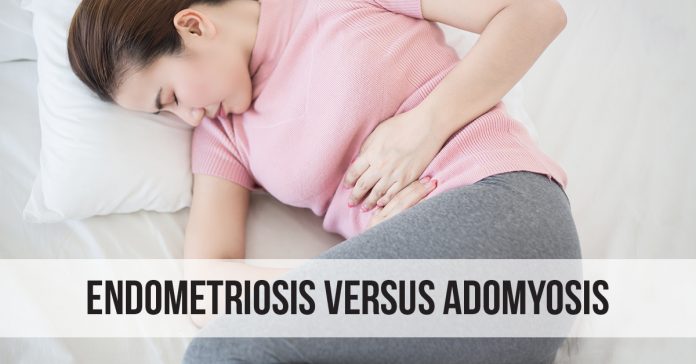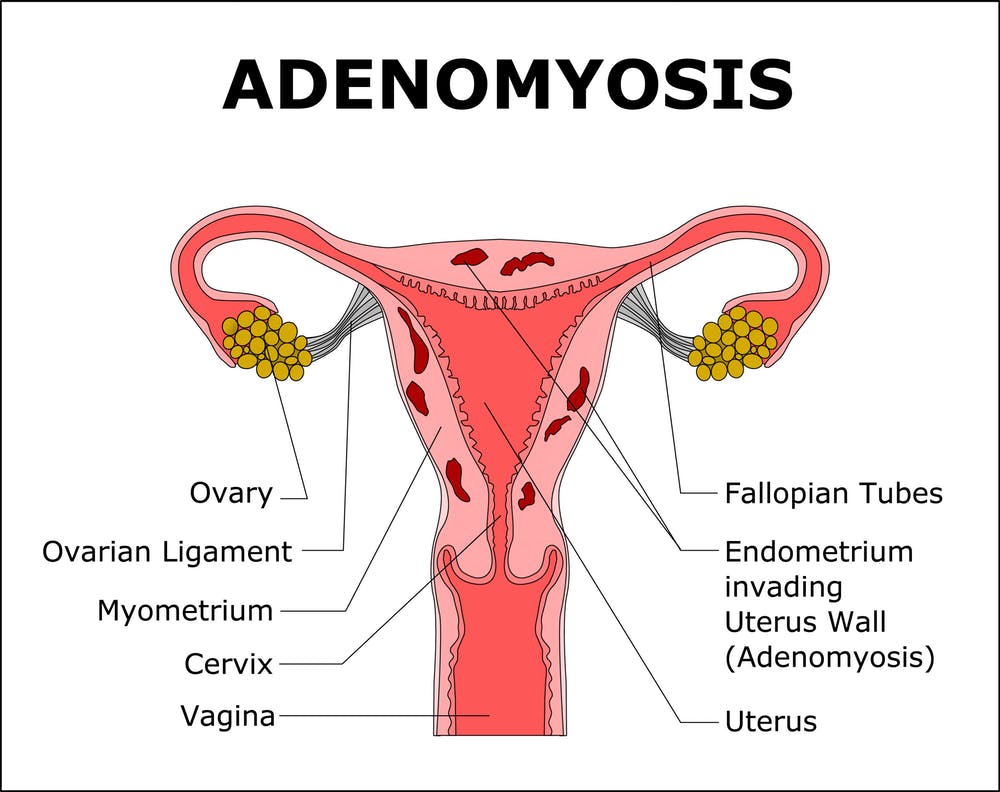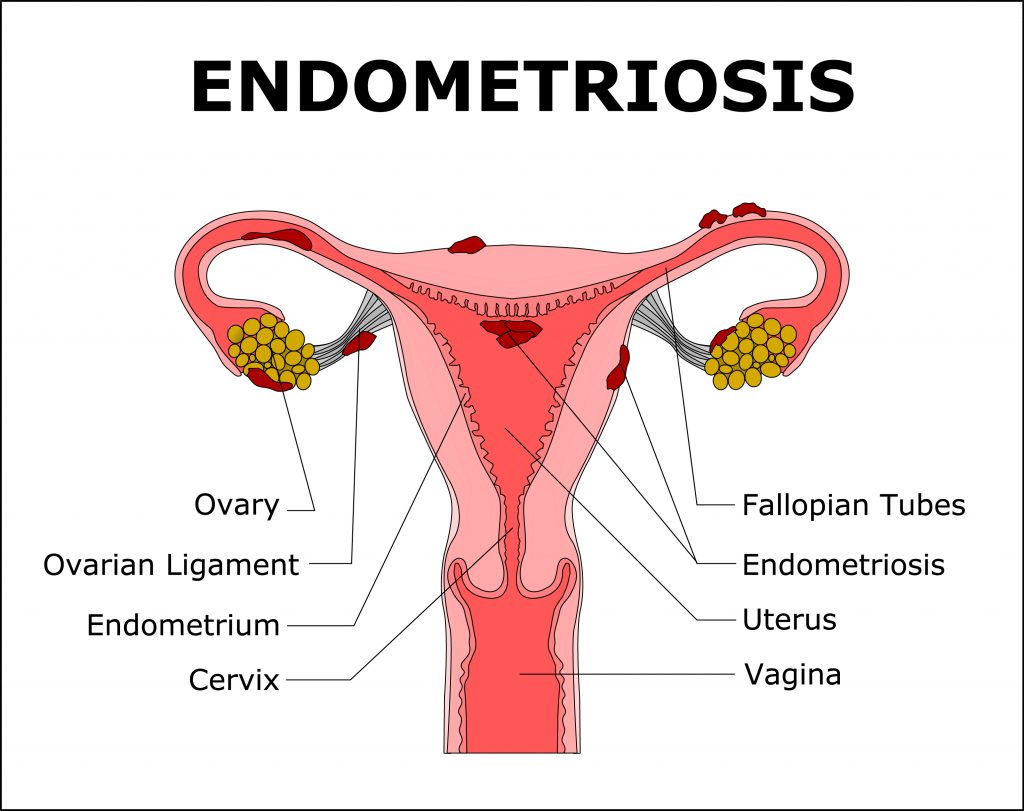If you are living in pain, with heavy periods, you may already suspect that you have one of these conditions. It is possible to have either one alone or you can suffer from both. The point of this article is to help you see the similarities and the differences between both conditions. Taking in the knowledge will help you to make informed decisions when you go to discuss the symptoms you are having with your doctor.
What is Endometriosis?
Endometriosis is a condition where extra tissue grows in and around the uterus. This tissue can grow around the fallopian tubes, ovaries, and into the abdomen. It continues to behave as uterine tissue which usually causes heavy bleeding and cramps. It is associated with many other problems included IBS, chronic pain, back pain, and PMS symptoms. While it can cause infertility, it does not always mean you are infertile if you have this condition. In fact, it was once believed that if you got pregnant it would cure the condition. However, with further research, we now know that endometriosis can spread while you are pregnant.
What is Adenomyosis?
Adenomyosis is a condition of the cells. It is a displacement of the cells. The cells that should line the wall of the uterus is misplaced and grow in the uterine wall. Your uterus is enlarged. The symptoms are heavy bleeding, painful cramps, and pain in the lower back and legs. Sex is often painful or even impossible. While it does not always cause infertility, it comes with a high risk of miscarriage. Pregnancy is often painful as well. Sometimes it is mistaken for fibroids or cysts because it is much harder to diagnose than endometriosis.
What do they have in common?
Both Endometriosis and Adenomyosis affect women. They will both affect fertility. Little is known about either condition. You will have similar symptoms including heavy periods, that tend to have more pain associated with them. Other parts of the body are often infected. You may find it difficult to use the bathroom. You may have back pain that can be mistaken for arthritis or sciatica pain. Most importantly, both conditions could cause infertility or difficulty in conceiving, which signals that there is a reproductive problem. Most women won’t see a doctor for irregular or painful periods until it comes to this point.
How are they different?
Endometriosis – usually affects women around childbearing age but can affect girls as young as eight years old.
Adenomyosis – usually affects older women
Endometriosis – Outside the uterus while Adenomyosis is inside the uterus
Adenomyosis– Enlarged Uterus but endometriosis does not cause an enlarged uterus
Endometriosis can be found in the lungs and abdomen. Adenomyosis is localized to the uterus.
Endometriosis causes bleeding throughout the month. It is classified as bleeding more than 2 weeks out of a thirty-day period. There can be no cycle to the bleeding. Adenomyosis causes heavy bleeding but usually only during your cycle. Your period may last 5-7 days, but usually not any longer.
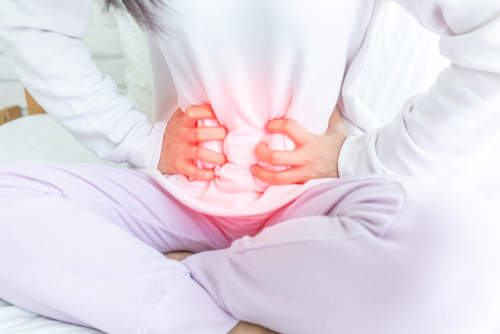
How is Endometriosis diagnosed?
There is a serious of steps that tend to go with diagnosing endometriosis. Your doctor may start by doing a regular pap smear to see if there are any abnormalities. Blood tests are done to rule out any other conditions. Then you may be asked to take birth control to see if the symptoms can be controlled. Pain management is set into place. Then a laparoscopy maybe is done. Your doctor may want to biopsy the tissues within your uterus. A CT scan or an MRI may be done to determine if you have any tissues growing outside your uterus.
From this point, it will depend on the results. Excess tissue that is growing outside your uterus may press on your bladder, bowels, stomach, or other body systems. You may need surgery to remove this tissue. Removing the abnormal tissue may help to reduce pain caused by this tissue pressing in places it shouldn’t. This may not guarantee that the tissue won’t grow back. You may need several surgeries several years apart to control the growth.
There is no cure for endometriosis currently.
How is Adenomyosis diagnosed?
Adenomyosis is much harder to diagnose. Usually, you cannot get a diagnosis until a hysterectomy is done to confirm the diagnosis.
There are several steps that can be done before you decide that a hysterectomy is necessary. Usually, your doctor will want to make sure you are finished with having babies. You will need to talk to your doctor. Your doctor may ask that you talk to a physiologist to ensure that you know the mental impact of a hysterectomy.
Your doctor may want to try birth control to relieve some of the symptoms. There are many different options available and you may need to try a few before you find a good match. From there, you could try pain management for the cramping or back pain.
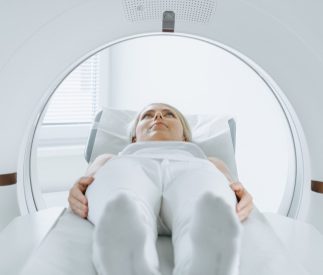
A sonogram, MRI, or even a CT scan may be done in order to determine the size of your uterus. Adenomyosis does cause an enlarged uterus. You will need blood work to rule out any other conditions. A pap smear will show any abnormal cells. Just like they do with endometriosis, your doctor may want to take a biopsy of the tissues within your uterus. Remember, it is possible to have both conditions.
What are the Treatment Options for Endometriosis?
There is no cure, but there are options to lessen your pain, control the growth of tissues, and to help you control the bleeding.
Birth control can help to regulate your cycle and cut down on bleeding. There are many birth control options so you may need to try a few before you find a fit that is just right for you.
Surgery will help to remove tissue that is growing where it should not be. This will help the pain and the bleeding because it will keep the tissue from pressing in places where it shouldn’t be, like your bladder or your back.
Pain management can be risky, while it does reduce the amount of pain you feel, it can also inhibit your life. You can become addicted to pain pills. You can also have restrictions on your lifestyle like driving a car.
It is suggested that you take antidepressants any time you face a condition that has no cure. It can create changes that are hard to deal with and may even cause you to become depressed. Finding a good therapist can also help you to cope with the changes.
What are the Treatment Options for Adenomyosis?
You may find that treatment options are both limited and much like endometriosis. There isn’t a lot known about adenomyosis. Diagnosis is very hard to make. For these reasons treatment of adenomyosis is more about treating the symptoms the condition itself.
Anti-depressants and a visit with a therapist are often one of the first treatment steps. In some states, you may be required to do a mental evaluation before treatment is established. This is because treatment plans often include surgeries or pain management. Both can take a mental toll on a person.
Pain management can often change your life. While your pain management can lessen your pain, it can hinder your ability to do everyday things. Pain management can lead to addictions that are sometimes worse than the condition it is treating. You may lose your ability to drive a car. You may be limited to what household chores you can do on your own. This is some of the reasons why you may be asked to do a mental evaluation. That way you can be assessed as to whether you are likely to be addicted.

Surgery may be needed. You may need a biopsy of the tissues in and around your uterus. You may need a full hysterectomy.
You may also need to consider birth control options to control the bleeding. Birth control may help you with the cramping and bleeding. There are many options so you may need to try a few options before you find one that is a perfect match.
No matter which one of these conditions you have, there is one thing you can do at home to help your doctor to determine which treatment options would be best for you. That is to keep a diary. Write down all your symptoms. Keep track of what you are doing when the symptoms surface. Note how long that they last. Note what you do to try to alleviate them. Keep track of what works and what doesn’t. Keep track of your bleeding, how long it lasts, and how heavy it is. That way your doctor knows exactly what you are doing to try to help yourself. Also, it will make it easier for you to have an honest discussion with your doctor. You will be able to voice an educated opinion on your treatment plan.
While both conditions are considered serious, with research and honest talks with your doctor, you can lead a normal, happy life.


